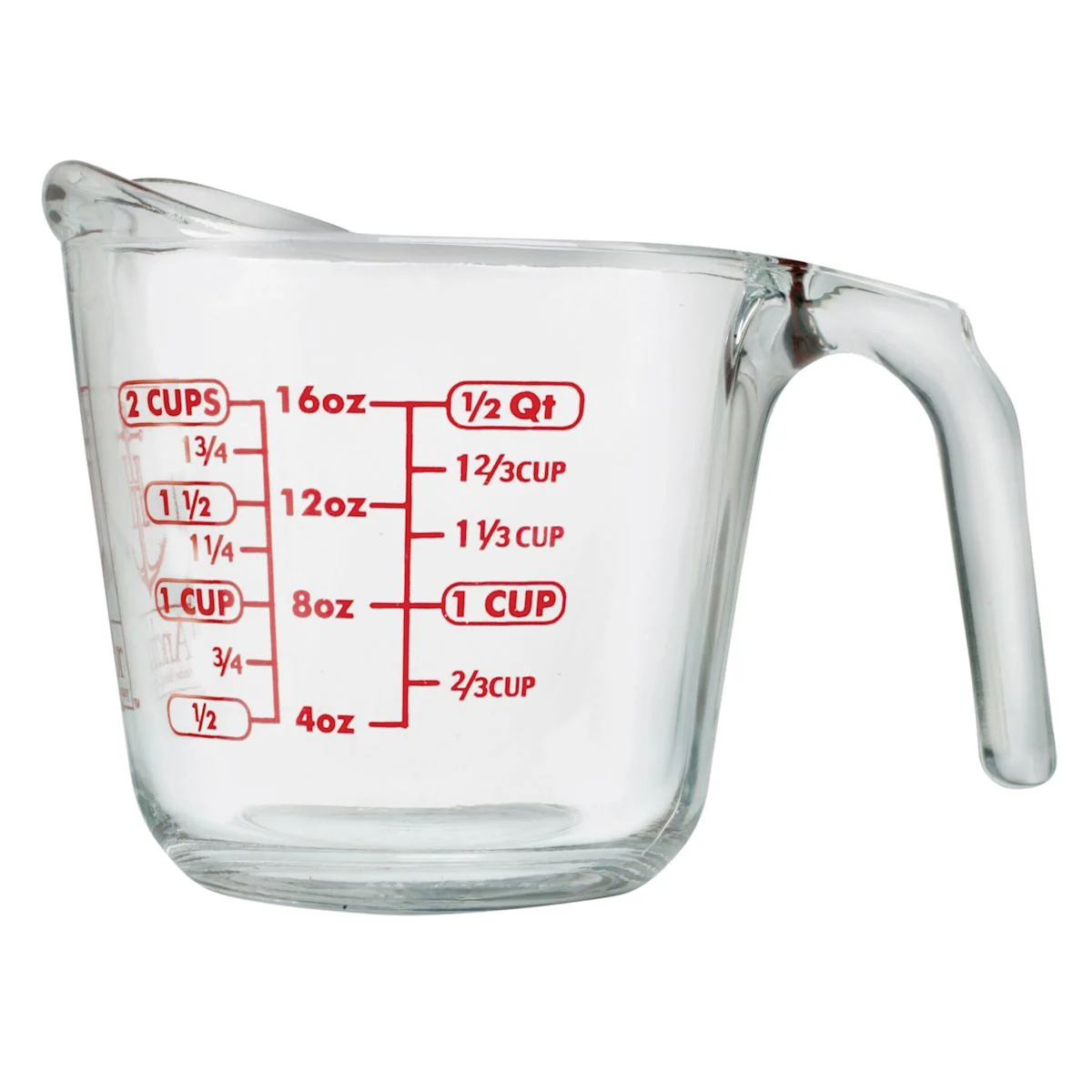When you step into almost any kitchen, there’s a good chance you’ll find a bottle of sunflower oil on the shelf. Known for its light flavor, high smoke point, and rich nutrient profile, it has earned a spot in cooking, skincare, and even the wellness industry. But despite its popularity, there are many debates about whether it’s truly healthy or just another refined oil that should be consumed with caution. In this guide, we’ll dive deep into its health benefits, culinary uses, potential risks, and more.
What is Sunflower Oil and How is it Made?
This oil is extracted from the seeds of the sunflower plant (Helianthus annuus). There are two main production methods:
- Cold-pressed – produced without heat or chemicals, retaining most of its natural nutrients and flavor.
- Refined – processed using heat and solvents, which creates a neutral taste and higher smoke point, making it more suitable for frying.
From a nutritional standpoint, it’s a powerhouse of Vitamin E, an essential antioxidant that protects cells from oxidative stress. It’s also rich in unsaturated fatty acids, particularly linoleic acid (an omega-6). However, its relatively high omega-6 content means it should be balanced with omega-3-rich foods.
Nutritional Profile (per tablespoon, ~14g):
| Nutrient | Amount |
| Calories | 120 |
| Total Fat | 14g |
| Saturated Fat | 1.5g |
| Monounsaturated Fat | 3g |
| Polyunsaturated Fat | 9g |
| Vitamin E | 5.6mg (28% DV) |
Compared to olive and avocado oils, sunflower oil is lower in monounsaturated fats but higher in Vitamin E.
Health Benefits and Everyday Uses
For many households, this oil isn’t just about cooking—it’s also about health.
- Supports heart health: Studies suggest that replacing saturated fats with unsaturated fats, like those found here, may help lower LDL cholesterol.
- Rich in antioxidants: Vitamin E neutralizes free radicals, reducing cell damage linked to aging and chronic disease.
- Anti-inflammatory potential: Moderate intake has been associated with reduced inflammation in some populations.
- Boosts skin and hair: Its Vitamin E content and fatty acids help nourish skin and strengthen hair.
Case Study: In Eastern Europe, where this oil is a staple, people often consume it as their primary cooking fat. While cardiovascular health varies due to lifestyle, researchers note that moderate use shows no greater risks than other vegetable oils.
Cooking with Sunflower Oil: Is It Really Healthy?
With a smoke point of around 440°F (227°C), it’s ideal for frying, baking, and roasting. Unlike butter or lard, it doesn’t burn quickly, which reduces the risk of harmful compounds forming.
However, not all types are equal. Refined versions are stable at high heat but lose some nutrients during processing. Cold-pressed oils retain more antioxidants and flavor but are better for salad dressings and light sautéing.
Best Uses in the Kitchen:
- Deep frying and pan frying (refined)
- Salad dressings and dips (cold-pressed)
- Baking cakes, muffins, and breads
- Stir-frying vegetables
Nutritionists recommend not making it your only oil. Mixing it with olive or avocado oil adds variety to your diet.
Skincare and Beauty Benefits
Beyond cooking, sunflower oil has found a home in the beauty world. Its lightweight texture makes it an excellent moisturizer without clogging pores.
- Moisturizer: Hydrates skin while strengthening the barrier.
- Anti-aging: Vitamin E slows the appearance of fine lines.
- Acne control: Its non-comedogenic properties make it suitable for acne-prone skin.
- Hair treatment: When applied to the scalp, it reduces dryness and flakiness.
Quick DIY Skincare Recipes:
- Moisturizing blend: Mix with lavender essential oil for a nighttime moisturizer.
- Hair mask: Warm slightly, apply to scalp, leave for 20 minutes, then rinse.
Compared to coconut oil, it feels lighter and less greasy, making it easier for daily use.
Potential Side Effects and Precautions
Like most oils, it has drawbacks when overused.
- High omega-6 ratio: Too much compared to omega-3 can fuel inflammation.
- Weight concerns: At 120 calories per tablespoon, heavy use may lead to weight gain.
- Allergic reactions: Rare, but sunflower seed allergies can carry over.
- Processing risks: Some refined types may contain trace solvents from extraction.
Nutritionist’s Quote: “This oil can be a healthy choice when balanced with other plant-based fats. Moderation is the key.”
Comparing Oils: How Does It Stack Up?
To better understand its place in a healthy diet, here’s how it compares to other favorites:
| Oil Type | Smoke Point | Fat Profile | Best Use |
| Sunflower | 440°F | High omega-6, Vitamin E | Frying, baking |
| Olive | 375°F | High monounsaturated fat | Salad dressings, sautéing |
| Avocado | 520°F | Rich in monounsaturated fats | Grilling, frying |
| Coconut | 350°F | High in saturated fat | Baking, skin care |
As shown, sunflower oil shines in frying, while olive oil excels in raw applications.
Myths and Misconceptions
- “It’s always healthy.”
Not true. Type and quantity matter—refined oils behave differently than cold-pressed ones. - “Cold-pressed and refined are the same.”
They’re not. Cold-pressed retains more nutrients, refined offers better cooking stability. - “It doesn’t affect cholesterol.”
Overconsumption can impact cholesterol balance, especially if omega-3 intake is low.
FAQs
- How long does it last once opened?
Typically, 6–12 months if stored in a cool, dark place. - Can it be reused for frying?
Yes, but limit reuse to 2–3 times. - Is it keto or paleo-friendly?
It’s technically keto due to fat content but not always recommended for paleo due to processing. - Does it clog pores?
No, it’s non-comedogenic, safe for most skin types.
Final Thoughts
This oil can be a versatile ally in both the kitchen and skincare routine. It’s nutrient-rich, affordable, and practical for high-heat cooking. Still, its high omega-6 content means you shouldn’t rely on it exclusively. Pair it with olive or avocado oil for balance.
Key takeaway: Use sunflower oil wisely, enjoy its benefits, and always aim for moderation.














Leave a Reply